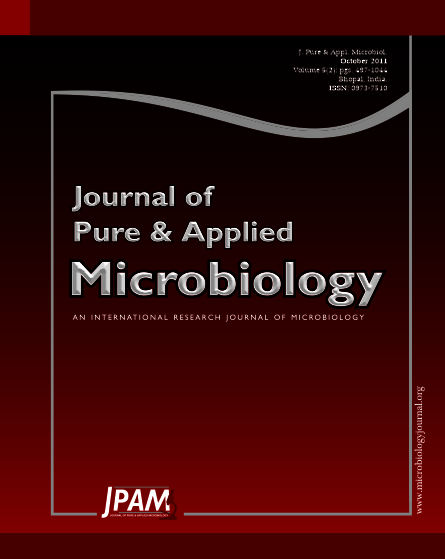The present study was carried out to determine the prevalence of symptomatic and asymptomatic UTI among pregnant women, to evaluate the diagnostic efficacy of screening tests among pregnant women and to document antibiotic sensitivity pattern of predominant urinary pathogen, Escherichia coli. The study population consisted of consecutive 656 pregnant women attending out patient department of Obstetrics and Gynecology at Navodaya Medical College Hospital and Research Laboratory, Raichur. Clean -catch mid stream urine samples collected in sterile disposable container were screened for bacteriuria and pyuria, and cultured by semi quantitative standard loop culture technique. The prevalence of asymptomatic and symptomatic UTI was found to be 16.3 % and 48.3 % respectively. The Gram stain of uncentrifuged urine was found to be the most useful single test with good sensitivity (82.17%), specificity (95.86%), and Negative Predictive Value (94.41%). The predominant organism isolated was Escherichia coli 142 (82.5 %) which exhibited high degree of resistance to ampicillin (58.4%) followed by gentamicin (40.6%), cephalexin (37.3%), and co-trimoxazole (28.9%). Out of 180 Escherichia coli isolated from pregnant women, 148 (82.2%) were resistant to three or more antibiotics. In our study, the positive correlation in antibiotics susceptibility pattern between asymptomatic and symptomatic UTI groups was established by Spearman’s rank correlation (r=0.78, p<0.01).
To conclude, high rate of symptomatic bacteriuria in the present study is worrying. Increasing antibiotic resistance to ampicillin and cephalexin among Escherichia coli complicates empirical regimen given in pregnancy. Even asymptomatic bacteriuria is higher compared to other studies. This indicates proper microbiological screening and sensitivity for selection of antibiotics. Gram stain of uncentrifuged urine was useful screening method to be adapted for screening all antenatal cases.
Pregnancy, Urinary tract infection, Escherichia coli; Antimicrobial resistance
© The Author(s) 2011. Open Access. This article is distributed under the terms of the Creative Commons Attribution 4.0 International License which permits unrestricted use, sharing, distribution, and reproduction in any medium, provided you give appropriate credit to the original author(s) and the source, provide a link to the Creative Commons license, and indicate if changes were made.


